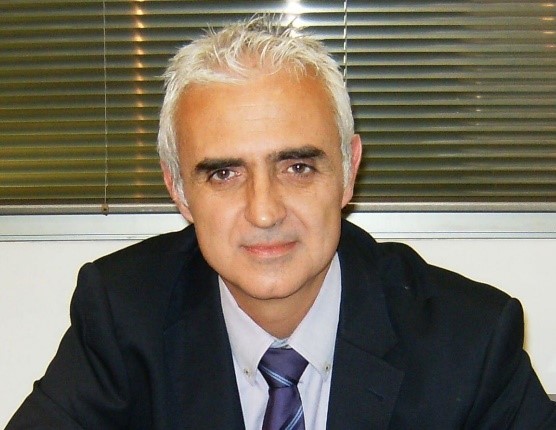Lilium, the German company developing the all-electric vertical take-off and landing aircraft (eVTOL) in the Urban Air Mobility (UAM) sector, has selected Aernnova for the design and manufacture of the mounting structure for the propulsion of the Lilium Jet. This is the engine mounting system or “flap”, the structure of the rear part of the wings and canard, one of the key components of the Lilium Jet that provides lift by interacting with the engine’s airflow. It also houses the propulsion and vectoring systems responsible for vertical and horizontal flight.
Electric jet engines integrated into the wing flaps provide advantages in payload, aerodynamic efficiency and a lower noise , while also providing thrust vector control to maneuver the Lilium Jet through every phase of flight.
Aernnova and Lilium will work together on the design, manufacture and supply of the Lilium Jet’s flap structure. This agreement is an important step towards the serial production of the Lilium Jet, Lilium’s goal being to make sustainable high-speed regional air transport a reality.
Yves Yemsi, Chief Operating Officer of Lilium, said: “Aernnova is an industry leader for customized design and manufacture of metallic and composite assemblies, which makes them an ideal partner. It is important to us that we collaborate with the best aerospace suppliers and leverage their expertise.”
Ricardo Chocarro, CEO of Aernnova, said: “With 28 years of expertise in developing and creating aircraft structures, we are proud to be contributing to a project as exciting and unique as the Lilium Jet. This all-electric jet has the potential to change the aviation industry in a positive, sustainable way, and we are delighted to be a key partner.”
Lilium is currently performing flight tests with several prototypes both in Munich and at the Atlas Flight Test Center located in Villacarrillo in the province of Jaén.
The Lilium Jet’s propulsion mounting system will feature a complex and unique design. The integrated system will serve multiple functions and be modular and scalable. It will utilize lightweight material such as carbon fiber-reinforced epoxy. The set of flaps can rotate about the wing and canard rotation axis to allow for different flight conditions and aircraft maneuverability. In horizontal position they provide thrust for cruise flight, and in vertical position for hover operation, i.e. vertical take-off and landing, as can be seen in the video.
https://www.youtube.com/watch?v=yRx_iwGZl3s&t=6s




